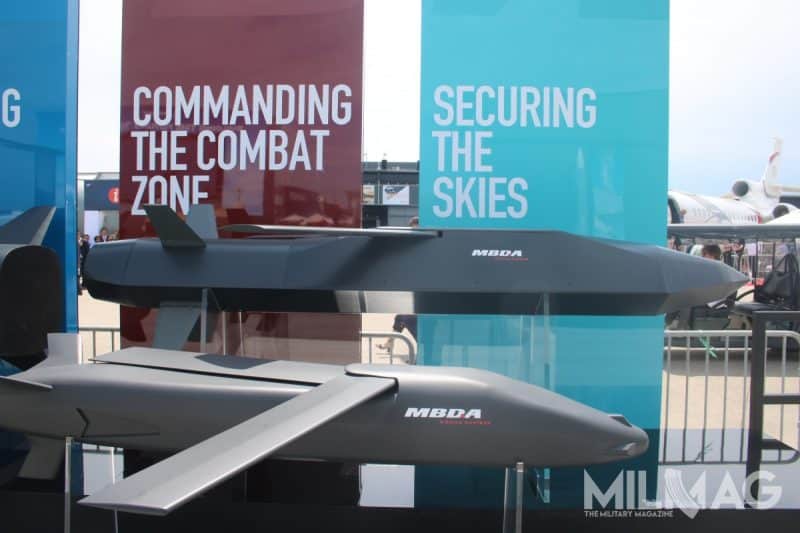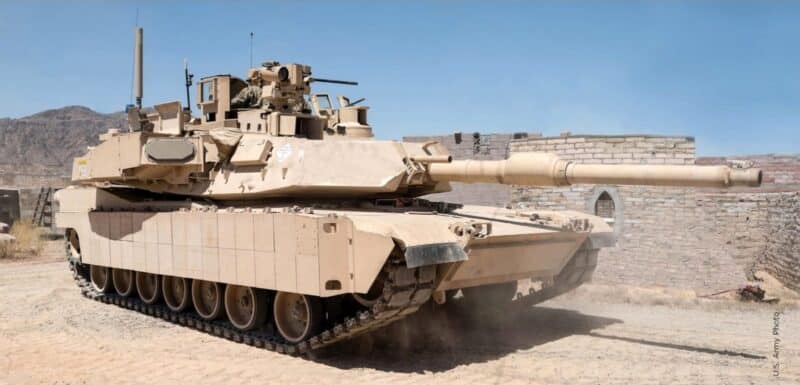Since the start of the Russian aggression against Ukraine, many analyses, including on this site, have focused on the different lessons that these very high intensity combats have brought to light, such as the now indisputable role of the tank but also artillery, coastal or anti-aircraft defenses, and of course drones, to speak only of the technological question. And in fact, many armies have evolved their military planning in recent months precisely to respond to these lessons. This is how Poland embarked on an unprecedented effort to reconstitute a very powerful land force aligning 6 divisions, 1250 heavy tanks, at least 1400 infantry fighting vehicles, 700 self-propelled guns and another 500 rocket launchers Long range. However, a certain number of technologies currently being developed or disseminated are not, or very little, used by Ukraine or Russia in this war, even though they have the potential to profoundly transform the conduct of military operations from 2030. In this article, we will study 7 of these emerging critical technologies, and their potential impact on warfare beyond 2030: the massive arrival of drones, active defense systems, hypersonic weapons, stealth and passive systems, directed energy weapons, multi-domain C2 systems and Artificial Intelligence.
1- Drones and Robotization, a partial response to the masses
Drones and, to a certain extent, robotic technologies are already employed by both Russia and Ukraine in this conflict. It is also the first conflict (and not the first time) in which drones are used as strategic weapons to destroy installations and civilian targets. However, most of the equipment is used there individually, for the benefit of a single tactical theater, often to carry out reconnaissance, guide an artillery strike or strike the adversary, far from the doctrines of employment of drones in course of diffusion in the great armies of the world, in particular in the United States and China. Indeed, in the years to come, the use of drones will tend to become generalized for all operational levels, offering a wide range of services ranging from reconnaissance to logistics, including saturation strikes or targeted elimination. Therefore, if drones are well used in Ukraine, the scale at which they are, but also the performance of the machines as well as their operational capacities, are still very far from the equipment under development, such as the Remote carrier and the Loyal Wingmen in the air force, autonomous ships and submarines in the naval domain, or even autonomous robots and drone swarms in the land domain. Beyond the specialization of drones, these will also offer significant capabilities for cooperation and integration with allied battlefield systems, well beyond their current use.

Robotization, too, has joined the battlefield, not only through the various fully autonomous systems, but also within piloted systems, so as to replace, where possible, human action. Again, this is nothing new. Thus, the automatic loading systems of the Russian T-72, T-80 and T-90 tanks, but also of the Leclerc or the South Korean K2, made it possible to reduce the crew of the armored vehicle to only 3 members, compared to 4 at edge of the Abrams or the Leopard 2 which are devoid of it, by precisely replacing the charger station. Robotization will thus make it possible not only to reduce the crews of armored vehicles or support vehicles, but also those of combat ships, and many other systems. Whether it is drones or robotic applications, it is a question of systematically replacing with technology a mission which, until now, was the responsibility of soldiers, and thus providing a partial response to the mass problem, and particularly in terms of human resources, including by reducing the effects of attrition on what promises to be the most valuable element for the armies in the years to come, the soldier himself, increasingly difficult to recruit, train, and retain.
In fact, in 2030, drones will constitute the heart of many critical missions, such as air superiority, reconnaissance, strikes in depth, the suppression of defenses or even fire support, and this in the 4 elements (Earth, air, sea and space). Robotic systems, on the other hand, will act as a force multiplier, allowing more equipment to be aligned on the same basis of human force. The mastery of robotic technologies and drones will therefore condition not only the effectiveness of the forces, but also the mass of forces available, partly compensating for the weakness of recruitment in the armies.
2- Soft and Hard-Kill active protection systems for the return of offensive predominance
Since the end of the First World, and the simultaneous arrival of armored vehicles and tactical aviation, high-intensity wars have most often given a clear advantage to offensive and maneuver over purely defensive postures. . Apart from a few conflicts, notably the Iran-Iraq war from 1980 to 1988, this offensive superiority was very rarely denied over the whole of the 2022th century for high-intensity engagements, even if the hybrid and insurgent war certainly posed very important problems with the American armies in Vietnam and Soviet in Afghanistan. The beginning of the XNUMXst century seemed to be part of the same dynamic, as during the second Gulf War, or in Nagorno-Karabakh. From then on, it was a great surprise for many staffs and strategists, when the Russian invasion of Ukraine turned into a war of position from the spring of XNUMX, marking a clear return to the defensive predominance in this type of conflict.


The rest of this article is for subscribers only
The Classic subscriptions provide access to
all articles without advertising, starting at € 1,99.
Newsletter subscription
Register for the Meta-Defense Newsletter to receive the
latest fashion articles daily or weekly


Dear subscribers,
You can now exchange with the editorial staff or among yourselves about the articles directly via this comment interface. We will do our best to respond to you as quickly and efficiently as possible.
Please respect the topic of the article in your comments.
Meta Defense
[…] […]